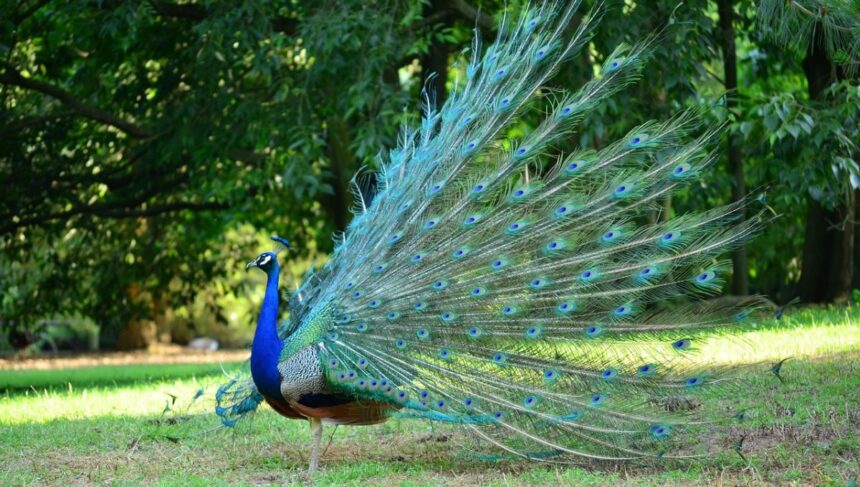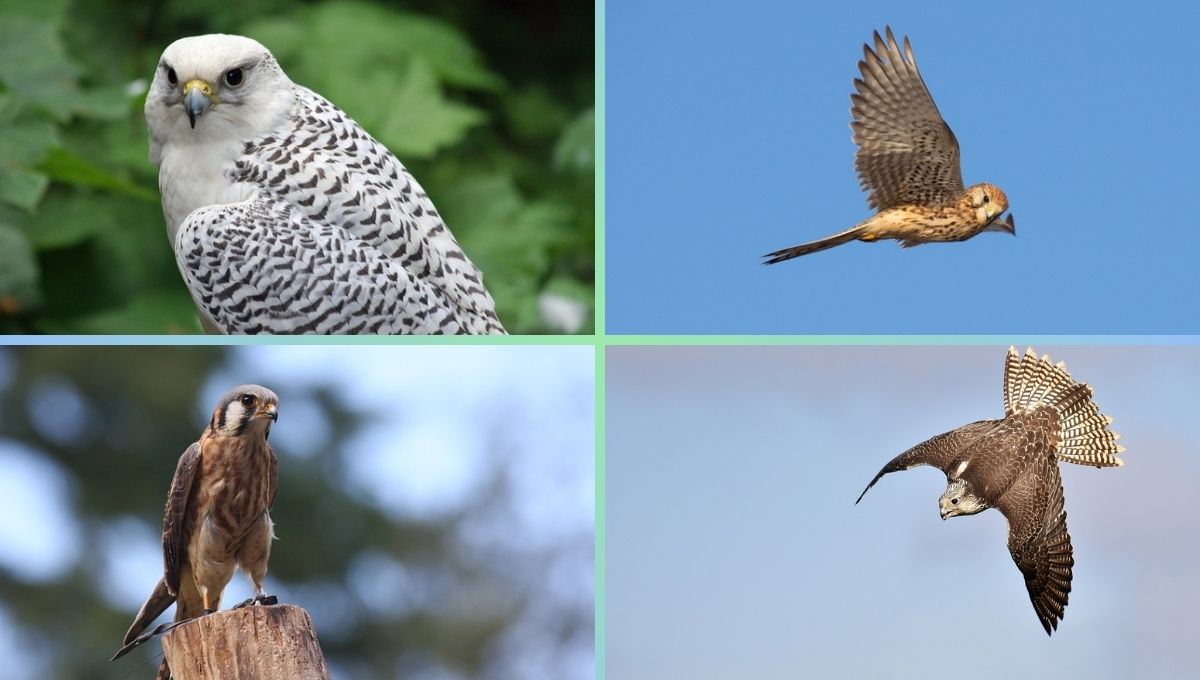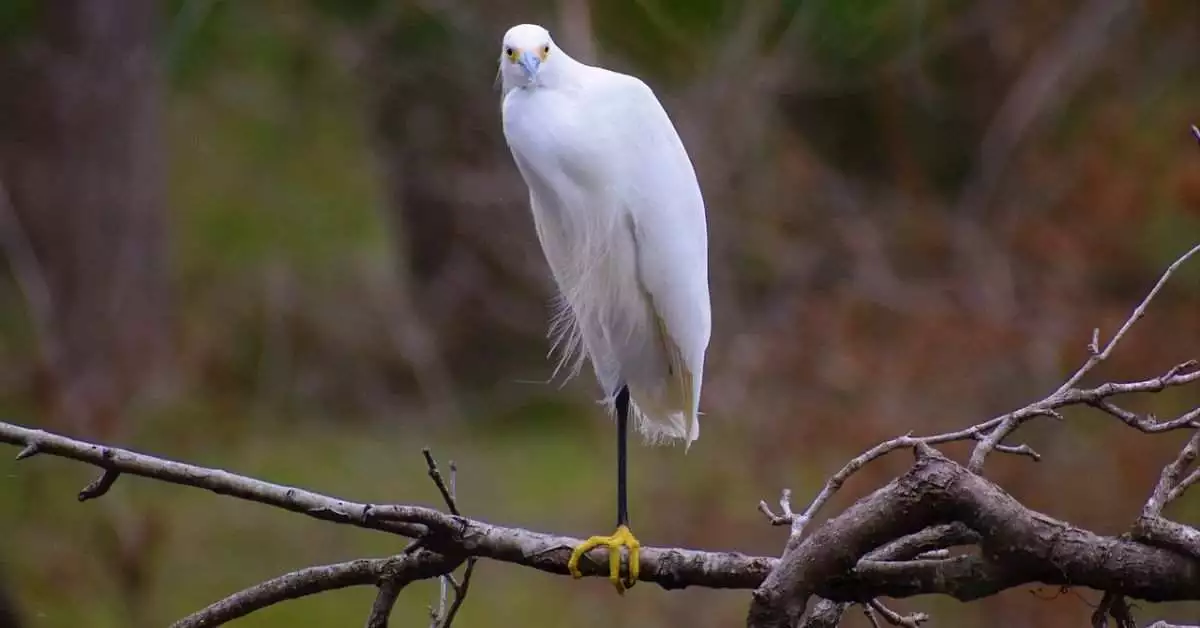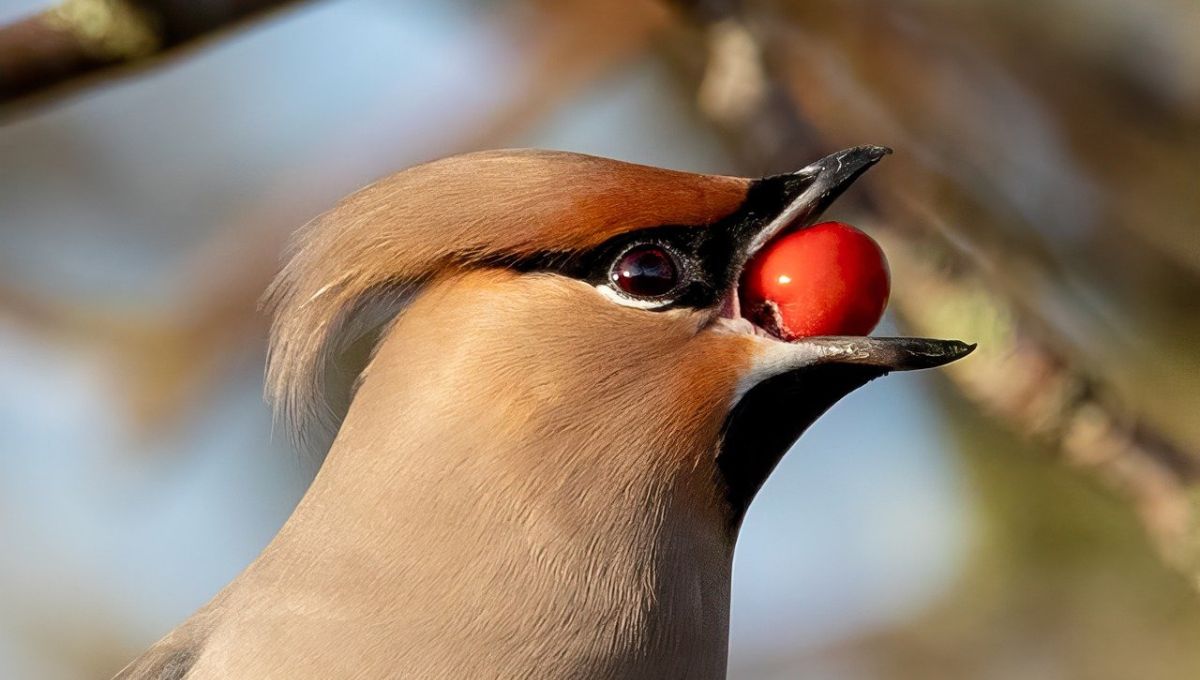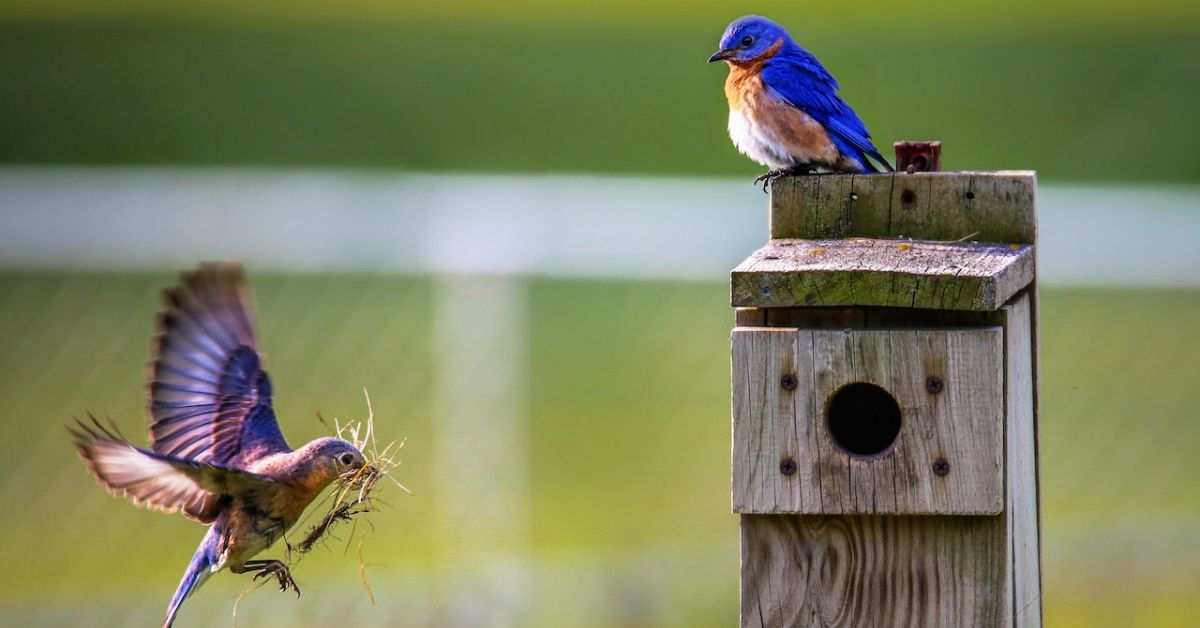Peacocks, with their resplendent plumage and captivating presence, have always fascinated us. But do these majestic creatures really have a friendly side?
In this blog post, we’ll embark on a journey into the realm of peacocks, unraveling their behavior in both the wild and captivity to shed light on this intriguing question.
Understanding Peacocks
Peacocks are a member of the pheasant family and are indigenous to various parts of Asia. They are renowned for their stunning appearance, showcasing vividly hued feathers that they proudly flaunt.
These remarkable feathers, often referred to as “trains,” serve as the centerpiece of their elaborate courtship rituals, attracting potential mates.
The Behavior of Peacocks
In their natural habitat, peacocks form small groups known as “parties.” These gatherings typically comprise a dominant male, commonly referred to as a “peacock,” along with several females, or “peahens,” and their offspring. These social birds often engage in collective foraging for food, fostering a sense of camaraderie.
Peacocks in Captivity
In settings like zoos and private collections, you can encounter peacocks in captivity. While they may not roam freely as their wild counterparts do, they continue to captivate with their exquisite beauty.
Nevertheless, nurturing peacocks as pets comes with its unique set of considerations.
Are Peacocks Friendly to Humans?
The query of whether peacocks exhibit friendliness toward humans is multifaceted.
In the wild, they inherently exercise caution towards potential threats, including humans. However, in a captive environment, their demeanor can diverge significantly.
Some peacocks become accustomed to human presence and may even approach humans, especially if humans are associated with the provision of food.
On the other hand, some may remain more reserved, opting to maintain a safe distance.
Factors Influencing Peacock Friendliness
Numerous factors can influence a peacock’s disposition towards humans. These encompass:
- Age: Younger peacocks often manifest greater curiosity and reduced fearfulness towards humans.
- Upbringing: Peacocks raised in captivity tend to be more acclimated to human interaction.
- Past Encounters: Previous experiences with humans, whether positive or negative, can significantly mold a peacock’s behavior.
Tips for Engaging with Peacocks
Should you find yourself in the presence of these exquisite birds, here are some pointers for fostering safe and considerate interactions:
- Approach Deliberately: Make gradual, composed movements to avoid startling them.
- Maintain Tranquility: Keep noise levels down, as peacocks are sensitive to loud sounds.
- Select Nutritious Offerings: If you choose to feed them, opt for wholesome options like grains or birdseed.
Conclusion
So, do peacocks deserve the label of friendliness? The answer isn’t black and white. Peacocks exhibit a spectrum of behaviors, ranging from cautious to inquisitive, influenced by a variety of factors. While they may not offer the same companionship as conventional pets, their allure and mystique make them captivating creatures to admire and respect from a distance.
Remember, when engaging with these mesmerizing birds, patience and respect pave the way for positive encounters.
Additional Resources
To delve deeper into the world of peacocks, their behavior, or conservation initiatives, explore these valuable resources:
